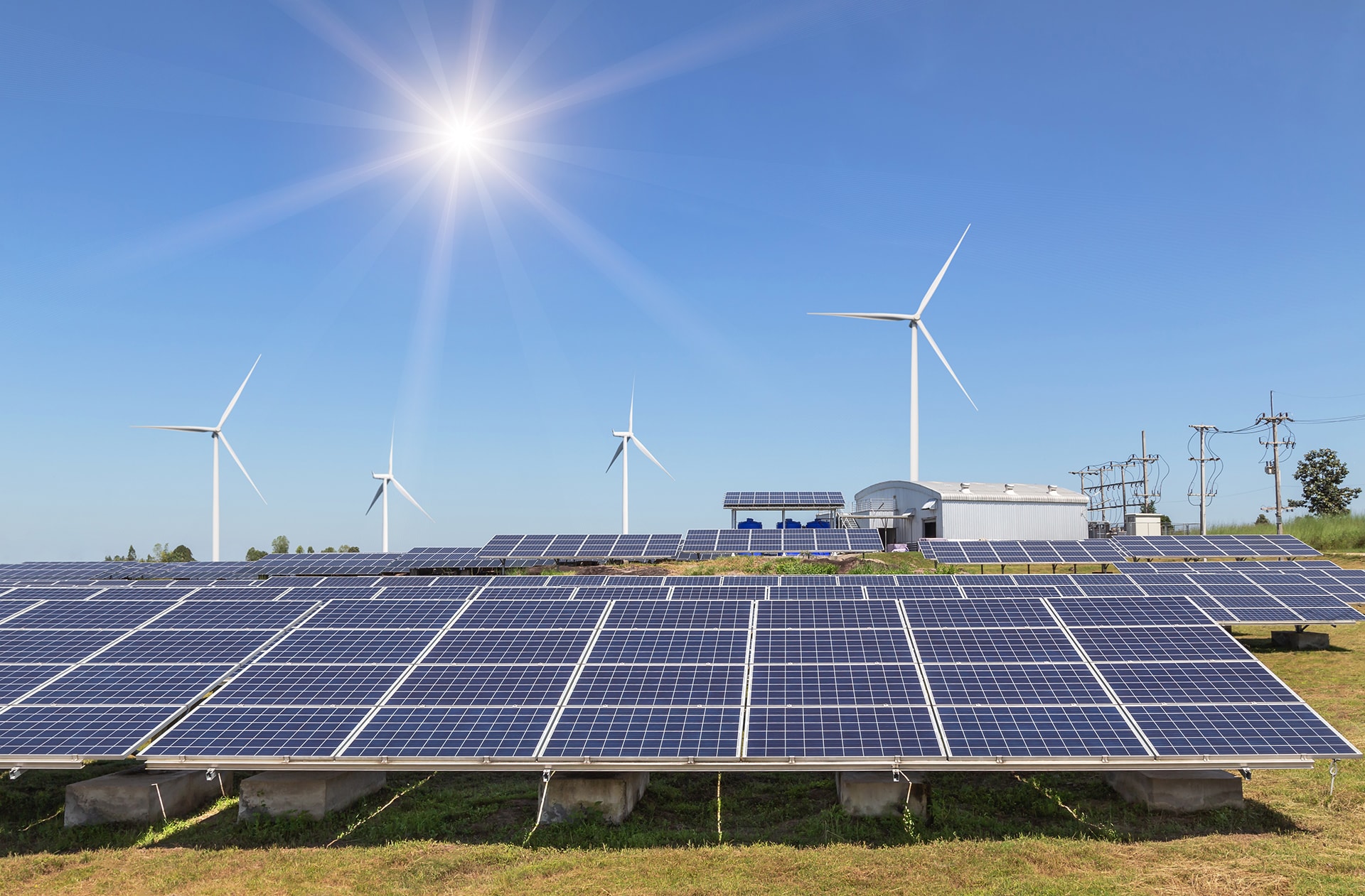Demand Response (DR), an enabling technology, shifts the magnitude and timing of electricity demand, thus providing system flexibility, reducing system-wide costs and facilitating higher penetrations of renewable on the grid. By providing various incentives, SO (system operator) ensures that residential, commercial and industrial consumers change their electricity consumption patterns or allow SO to control a portion of their flexible load.
SO can achieve DR by price-based or incentive-based mechanism or by controlling the consumer’s load.
Price-based (real-time pricing). By using an advanced energy management system, participating consumers receive price signals from the SO and reduce their load in the future for a financial incentive. In price-based DR(decentralized demand control), consumers control their loads and shift consumption from most expensive periods of peak demand to less expensive periods of low demand, thus reducing communication costs and latency. The value of DR depends on the magnitude, timing, and duration of the aggregated response. Incentive-based schemes.
In incentive-based schemes such as Interruptible or Curtailable load-
a. The system operator provides a financial incentive to the consumer
b. The system operator directly controls the consumer’s elastic load, such as domestic freezers, wet appliances, and industrial heating loads.
c. The system operator also reduces or disconnects load in response to an unplanned outage of a large power plant.
By monitoring and adjusting consumer demand, system operators balance the system’s supply and demand. Centralized control of the flexible demand can be achieved by establishing communications between the flexible need and its Distributed Network Operator(DNO).
What is Energy Storage?
Energy storage and enabling technology shift the magnitude and timing of electricity supply by storing excess electricity during low demand and releasing it during high demand, thus providing reliability and flexibility to the grid. Depending on the specific application, various technologies such as pumped hydro, batteries, thermal energy, and Flywheel energy storage provide operating reserves such as frequency regulation, spinning reserves, and contingency reserves.
By releasing energy during peak demand, energy storage technology provides energy services. Similarly, centralized and decentralized control of demand(load) resources offers energy services, thus reducing the reliance on expensive generators to meet peak demand.
Similarly to energy storage technology- the DR technology provides operating reserves to correct the short-term system imbalances between supply and demand. The imbalance may occur due to unplanned generator outages or uncertainty in load and variable renewable electricity generation forecast- thus obviating the need to procure expensive spinning reserves from conventional generators. DR saves the cost.
Akin to energy storage technology, DR technology obviates the need for additional investment in the peaking capacity of conventional energy resources, meets reliability standards, and offers the capacity value to the grid.
The emergence of smart grid technology, smart metering, smart appliances, advanced forecasting for renewable, advanced energy storage, artificial intelligence, and the active participation of consumers has made Demand response management technical feasible and cost-effective. By employing the relevant sensors at a load level and using AI and ML, load demand can be predicted, and electricity can be diverted to the priority loads.
As Demand Response (DR) plays the role of conventional Energy Storage Systems (ESSs), Demand Response (DR) is also known as virtual energy storage.

